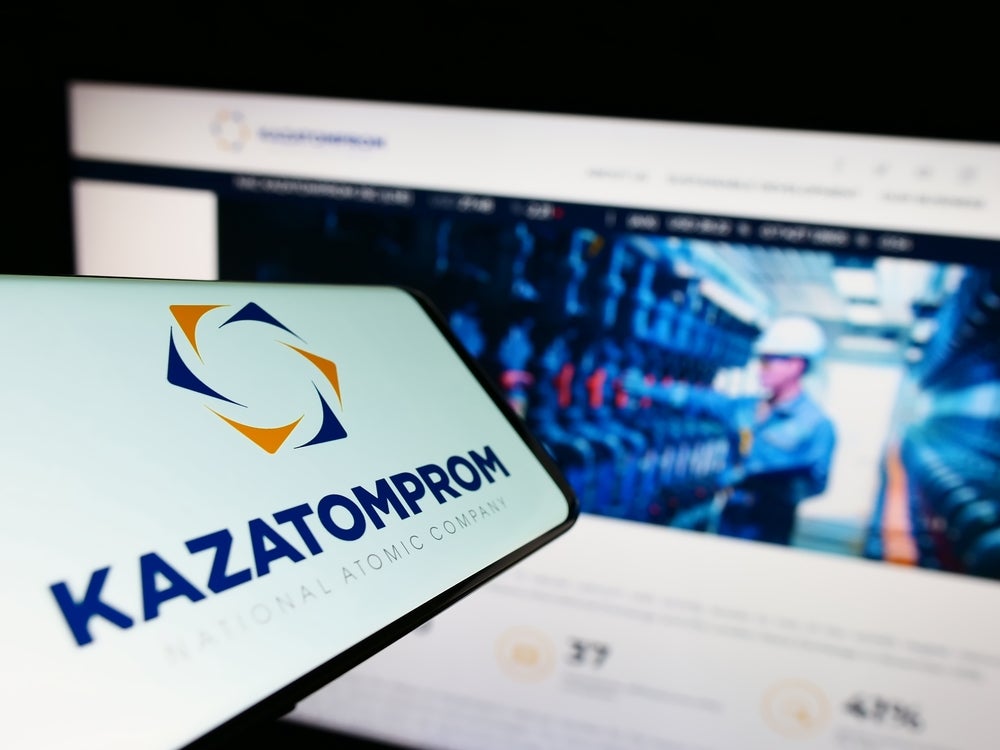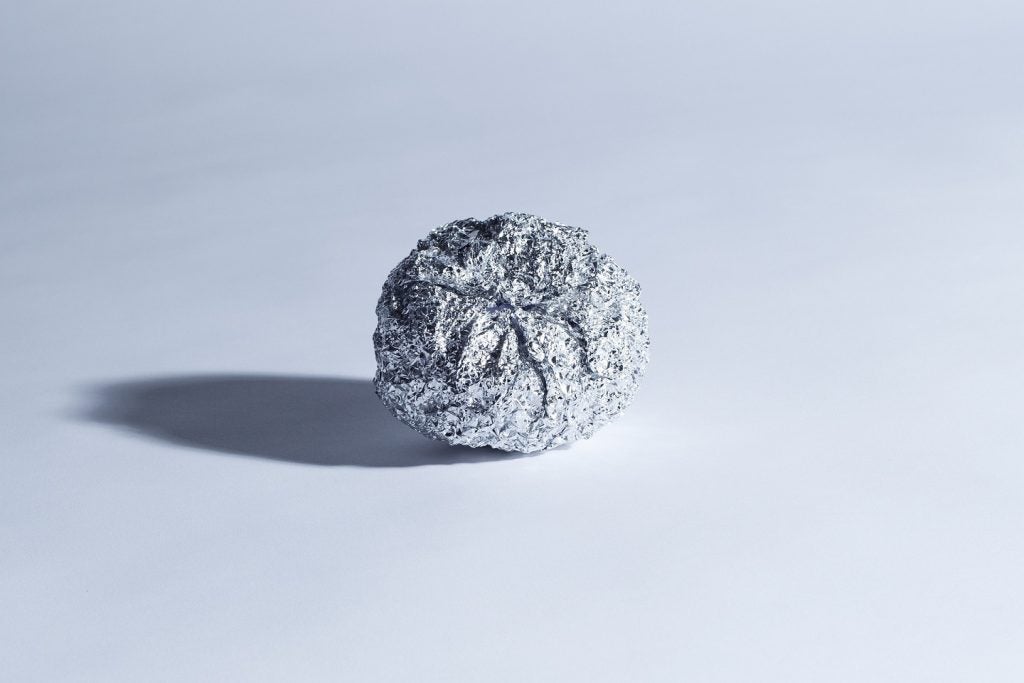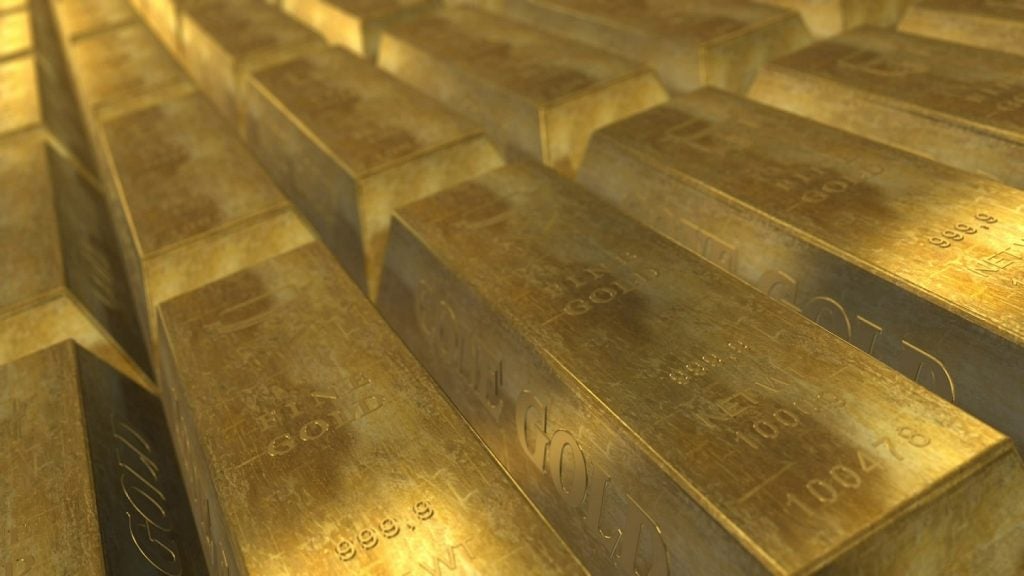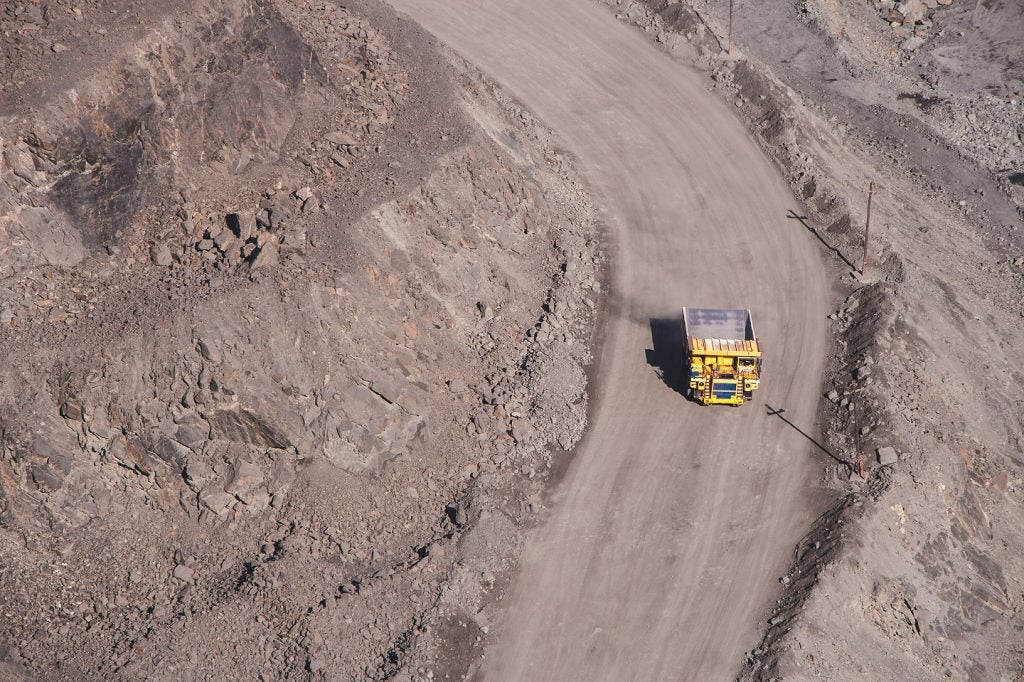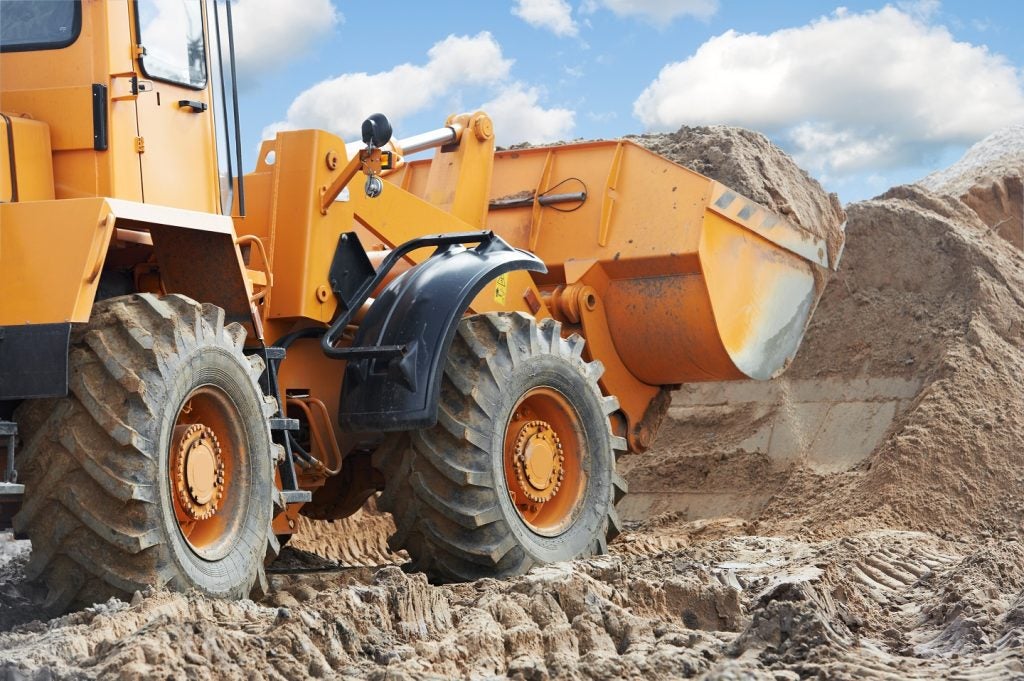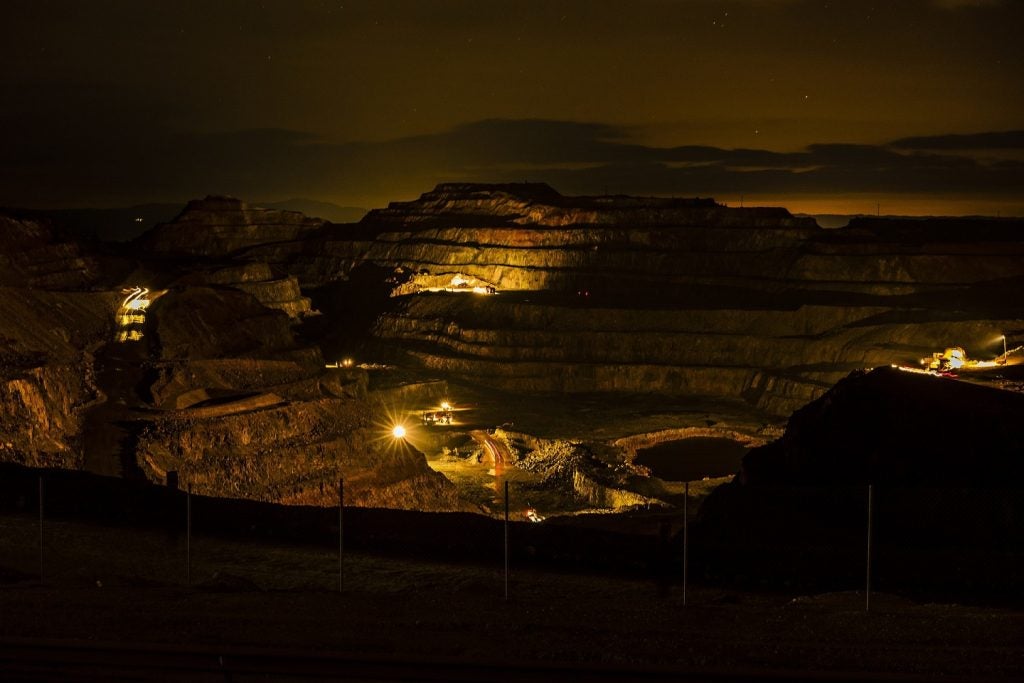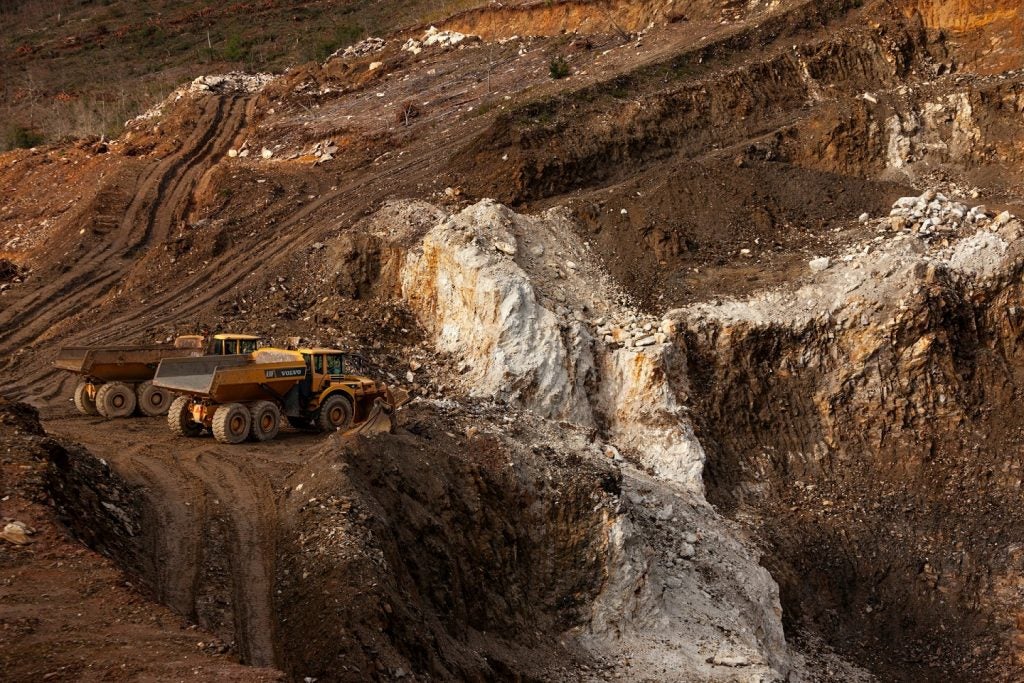Kazakhstan's national uranium producer, Kazatomprom, has updated its production guidance for 2024 from 21,000–22,500 tonnes (t) of uranium to 22,500–23,500t (11,600–12,600tU on an attributable basis).
Production rose by 5% in the second quarter (Q2) of 2024 compared with the same period in 2023, Kazatomprom said in a trading update.
The company stated that this growth has resulted from the resumption of 2023 drilling works.
It said the increased uranium produced “will be used for replenishing the company’s inventories”.
Kazatomprom was also able to secure necessary volumes of sulphuric acid required for its 2024 production at a minus 20% level relative to its subsoil use agreements.
However, limited access to sulphuric acid and delays in the construction schedule at newly developed deposits could unfavourably influence Kazatomprom’s production plans for 2025. In September 2023, these were forecast to be between 30,500t and 31,500t. Updated 2025 uranium production projections are scheduled to be announced later this month.
The updated volumes strengthen Kazatomprom’s position as the world’s largest producer of uranium as it undergoes operational and fiscal changes.
On 20 July, the company’s shareholder structure shifted as Samruk-Kazyna sold a 12% equity stake to the Ministry of Finance of the Republic of Kazakhstan.
Assessing the impact of taxes and supply chain issues on Kazakhstan’s uranium production
Additionally, from 1 January 2025, the company will be subject to the Kazakh Government’s changes to the Mineral Extraction Tax (MET) rate for uranium, announced in July.
The MET rate, previously set at 6%, will rise to 9% in 2025. From 2026 onward, a differentiated MET rate will be applied based on an actual annual production volume under each subsoil use agreement and the price of natural uranium concentrate from public price reporting sources. If the monthly uranium price exceeds certain thresholds, an extra MET rate increase will apply.
These tax rises are expected to put uranium production costs at a comparable level with other countries.
Canadian uranium producer Cameco, which owns a 40% stake in the Inkai project as part of a joint venture with Kazatomprom, said its preliminary conclusions “indicate that production costs in Kazakhstan would be similar to northern Saskatchewan operations”.
Cameco also reported that production from Inkai was lower for the first half of 2024 due to challenges with sulpuric acid supply in the early part of the year. It added that the 2024 production expectation of 8.3 million pounds of triuranium octoxide (100% basis) from Inkai is “tentative” and contingent upon receipt of sufficient volumes of sulphuric acid.
Kazatomprom produces uranium from 26 deposits grouped into 14 mining assets. In June, it completed the pilot production phase for the Inkai 3 project, which has expected uranium resources of 83.1 kilotonnes. It has also obtained a subsoil use licence for uranium exploration at the Vostochny block of the deposit in East Zhalpak.
Kazakhstan accounted for 37.3% (20,100t) of the total global uranium supply in 2023, according to figures from GlobalData. Inkai is the largest in-situ leach mine in the country.


